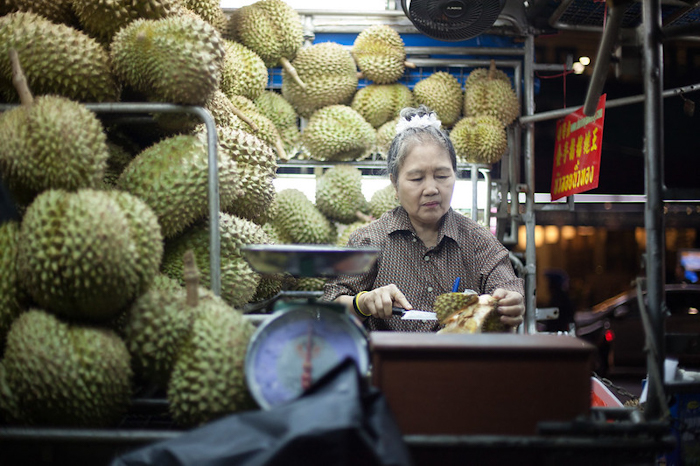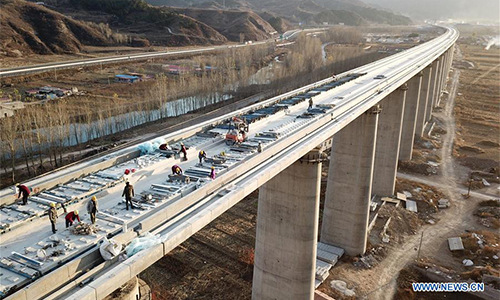
On the road from Ho Chi Minh, Viet Nam to Phnom Penh, Cambodia. Photo by Clay Gilliland/ Flickr (CC BY-SA 2.0)
Upgrade for Highway Linking Cambodia and Viet Nam Proposed
A $97.9 million upgrade for Viet Nam’s National Highway 62 has been proposed to Viet Nam's Ministry of Transport. The renovation work will include road repairs and road widening of specific portions from nine to eleven meters to reduce the travel time from Ho Chi Minh City, Viet Nam, to Cambodia. The project is proposed to start in 2021 with scheduled completion by 2023.
The highway connects Vietnam’s highways No.1, N2 and the HCMC-Trung Luong-My Thuan Expressway. All three are major routes run from HCMC on through the Mekong Delta.







